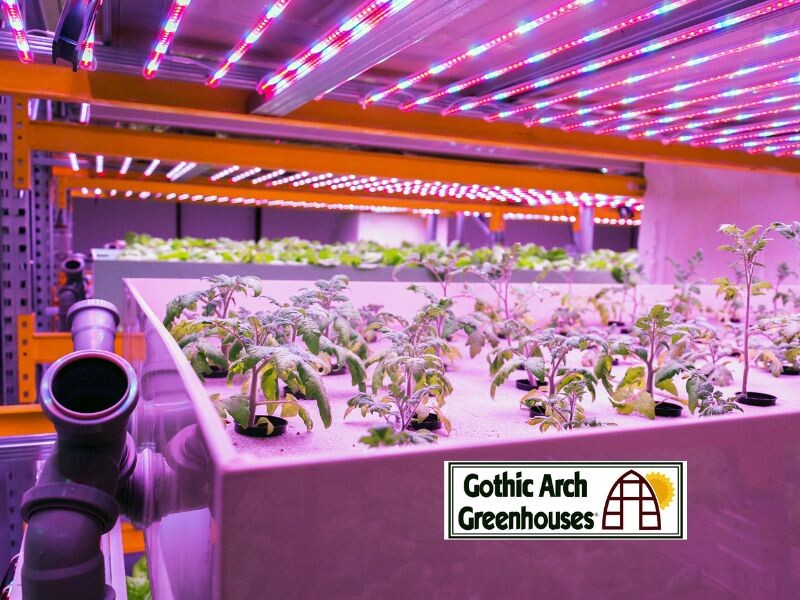
The Aquaponic System has been successfully used for growing food fish, ornamentals and bait fish.
1) A table is appended to the end of this Manual to give you an idea of the water quality tolerances of various fish species. When planning this part, pay closest attention to the temperature needs of the fish and make sure the Aquaponic System will be operated within the necessary range. For the plants’ sake, it will be good to aim for stocking enough in the tank to eventually reach a minimum of 25 lbs of fish.
2) We recommend starting off with a hardy and robust fish such as tilapia. The many kinds of tilapia are generally quite tolerant of a wide range of environmental conditions and they taste great too! Our Aquaculture Department can recommend many reputable sources of tilapia fry—just give us a call. If you want to operate with warmer water, Nile (0reochromis niloticus) and Mozambique (0. mossambicus) would be good choices and will grow fastest in their optimum temperature range of about 85oF; Blue tilapia (0. aurea) will fare better in cooler waters down to 60-70oF on a daily basis.
3) Stocking mortality can be reduced by making the fish’s introduction to their new environment as gentle as possible. If they arrive in a plastic bag (usually inflated with oxygen), float the bag in the tank for 15 to 20 minutes to get the temperature inside the bag evened out with the tank. Open the bag and scoop some water
from the tank into the bag. Wait a few minutes and introduce some more tank water. After a few more minutes, the fish will probably be anxious to get out: tip the bag and let the fish swim out into their new home. Wait at least a few hours before trying to feed them—many fish are anaesthetized for shipment and won’t have much of an appetite right away. When they are ready, try to feed at the same times each day, and only give what they’ll readily eat in a 15-minute period.
4) We recommend having a broad range of sizes of fish in your Tank so that when you harvest only the largest, your plants won’t lose their source of nutrition. A healthy system can have 80 pounds or more of fish in it that you can continually harvest. Mortality is a natural part of life—animals can die for sometimes no apparent reason at all at any stage of the life cycle. When this happens, remove the body so that it won’t decompose and become a source of disease, poor water
quality and/or raise the ammonia level too high. (If the ammonia suddenly spikes, say over a one or two-day period, look for a body!) Don’t worry if mortality
seems high, particularly right after stocking —commercial growers often expect
20% or more of the fingerlings they stock to die before harvest.
5) Feeding: Fish that are being fed on a daily basis, at least 2-3 times a day, will grow well for you. Feed no more than what they can consume in a 15-minute period. Floating feeds are best for recirculating systems because they allow you to observe how much is being consumed and none is lost through the drain right away. Try not to increase the amount being fed by more than 10% on a daily basis so as not to overload the filtration capacity of the system. Tilapia are typically given feeds with protein that ranges from 25% to 35%. Perch and other carnivorous fish need a diet with higher protein levels. Pellet size should be matched to mouth size, since a small fish can’t take in large nuggets of feed. Starting 1-2” fry on a #2 or #3 crumble is common. A bag of larger size feed can be purchased and the pellets crushed for the small fish in a blender, with a mortar and pestle or even between two bricks, although the very fine powder should be sifted out prior to giving it to the fish. As the fish grow, pellet size is increased
and protein levels can come down somewhat. Many commercial fish feeds have a shelf life of three-or four months. Ask the vendor how long it can be kept.
Storage should be done in an opaque, airtight container and put in a cool place away from insects and rodents. Freezing is OK too.
